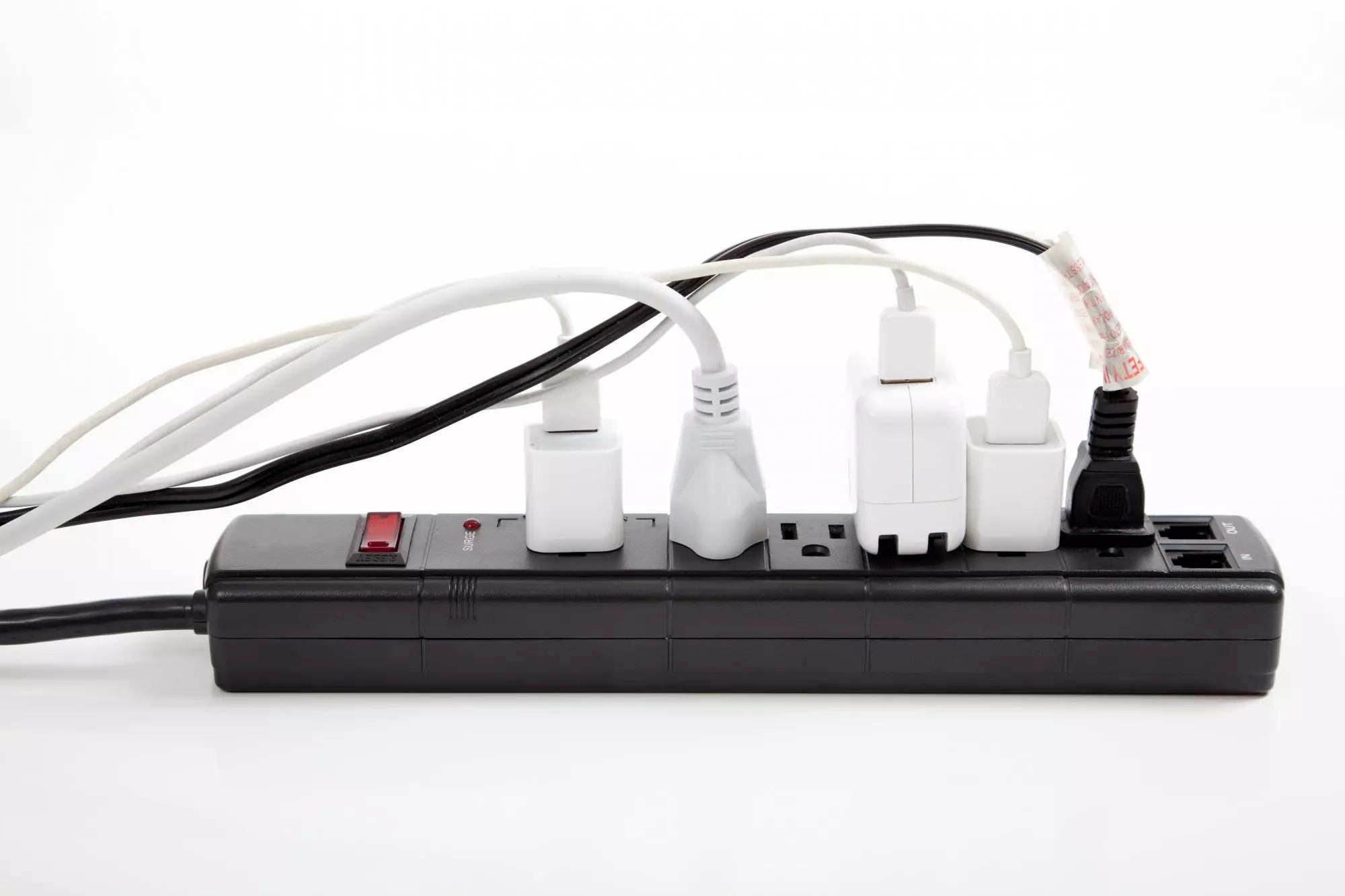It’s a fact of life – things can and will go wrong with our homes. That’s why it’s important to be prepared for the unexpected by having surge protectors in place.
If you’re not already using surge protectors, now is to start. Here are four reasons to make surge protectors a part of your home safety plan.
Table of Contents
What is a surge protector?
A surge protector is a device that helps protect electronic equipment from voltage spikes and surges. These spikes and surges can cause damage to electronics, costing you money in repairs or even replacement costs. Using a surge protector can help protect your valuable electronics from these damaging fluctuations in voltage.
Why do I need a surge protector?
There are four primary reasons why you should use surge protectors in your home:
1. To protect your electronics from damage.
2. To save money on repairs or replacements.
3. To avoid data loss.
4. To prevent fires.
What are the types of surge protectors?
There are three main surge protectors: whole-house, point-of-use, and power strips.
Whole-house surge protectors:
While most people are familiar with the small surge protector strips that can protect individual electronic devices, whole-house surge protectors provide an additional layer of protection for your home. These devices are installed at the main electrical panel and protect the entire home. In the event of a power surge, the whole-house surge protector will divert the excess energy away from your home’s wiring, helping to prevent damage to appliances and electronic devices. Additionally, whole-house surge protectors can help to improve the quality of your home’s power by filtering out harmful spikes and fluctuations. As a result, investing in a whole-house surge protector is wise for any homeowner.
Point-of-use surge protectors:
A point-of-use surge protector is installed at a specific outlet and protects the plugged devices. This type of surge protector is designed to protect against power surges that can damage electronic equipment. A point-of-use surge protector is installed at the main breaker panel or the service entrance. A point-of-use surge protector is connected to the grounding wire. The advantage of using a point-of-use surge protector is that it protects against power surges that could damage electronic equipment. The disadvantage of using a point-of-use surge protector is that it does not protect against power surges that could damage electrical wiring.
Power strips surge protectors:
A power strip is a portable surge protector that can protect multiple devices at once. It typically has multiple outlets, as well as a built-in circuit breaker that helps to prevent overloads. Power strips are ideal for protecting electronic equipment from damaging power surges, such as those caused by lightning strikes. They can also be useful when multiple devices need to be plugged into a single outlet, such as in a home office or bedroom. When choosing a power strip, it is important to consider the number of outlets and surge protection that it offers. Additionally, some power strips include USB ports and cord management, which can further increase their usefulness.
How to choose a surge protector?
When choosing a surge protector, you’ll want to consider the following factors:
1. The voltage rating:
It is the maximum amount of voltage that the surge protector can handle.
2. The current rating:
It is the maximum amount of current that the surge protector can handle.
3. The clamping voltage:
It is the voltage at which the surge protector will start to divert power away from your electronics.
4. The response time:
It is time it takes for the surge protector to start diverting power away from your electronics.
5. The joule rating:
This measures the amount of energy that the surge protector can absorb before it needs to be replaced.
How to install surge protector:
- Turn off the power to the circuit you’ll be working on.
- Remove the cover plate from the outlet.
- Insert the surge protector into the outlet. Make sure that the surge protector’s “live” wire is connected to the “hot” wire and the surge protector’s “neutral” wire is connected to the “neutral” wire.
- Replace the cover plate.
- Turn on the power to the circuit.
You may call an emergency electrician to install your surge protector if you’re not confident in your ability to do so safely. It is better to be safe than sorry for electrical work.
Final lines:
Surge protectors are important for protecting your home and electronic devices from damage. There are various surge protector types available, so it’s important to choose the one that best meets your needs. Consider the voltage rating, current rating, clamping voltage, response time, and joule rating when choosing a Surge protector. Additionally, you’ll want to decide whether you need a whole-house surge protector or a point-of-use surge protector. Power strips are also an option to consider, especially if you have multiple devices that need to be plugged into a single outlet. By choosing the right surge protector, you can help keep your home and electronic devices safe from damage.

